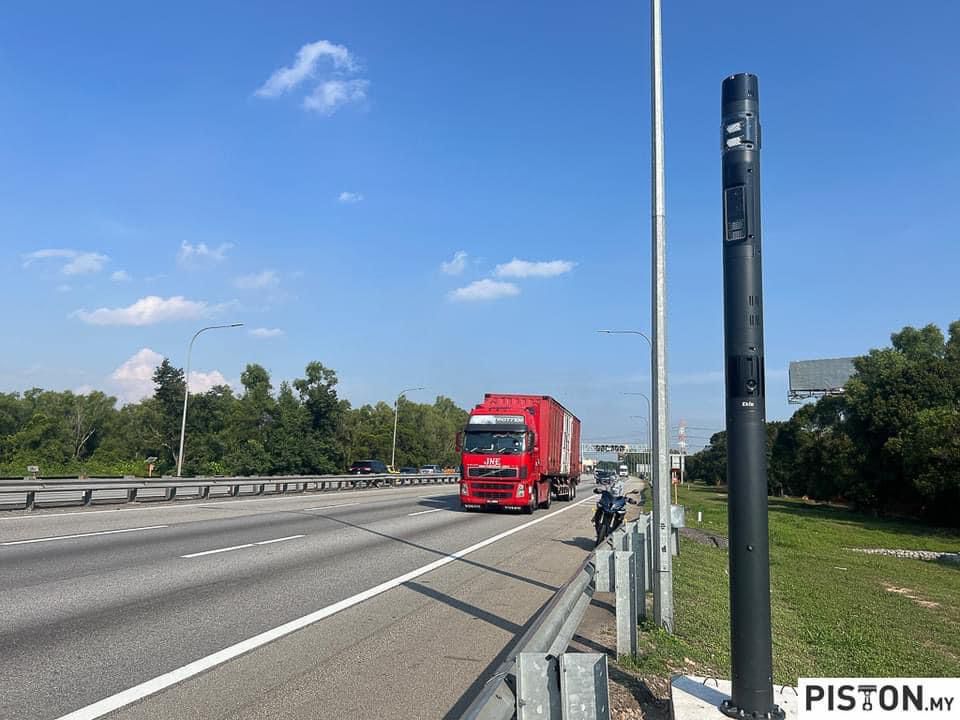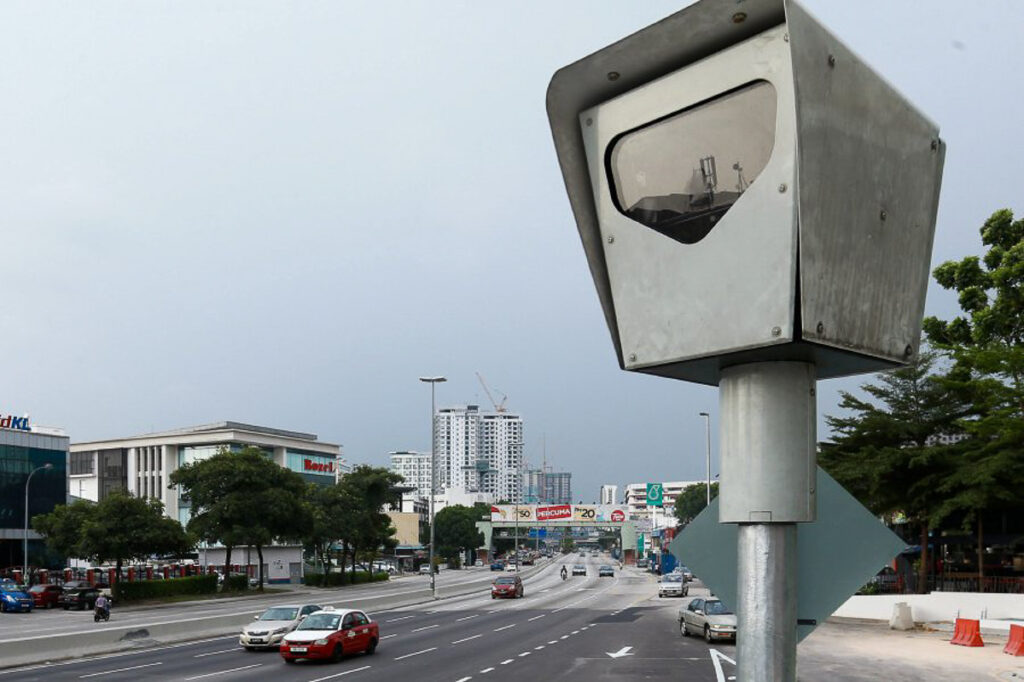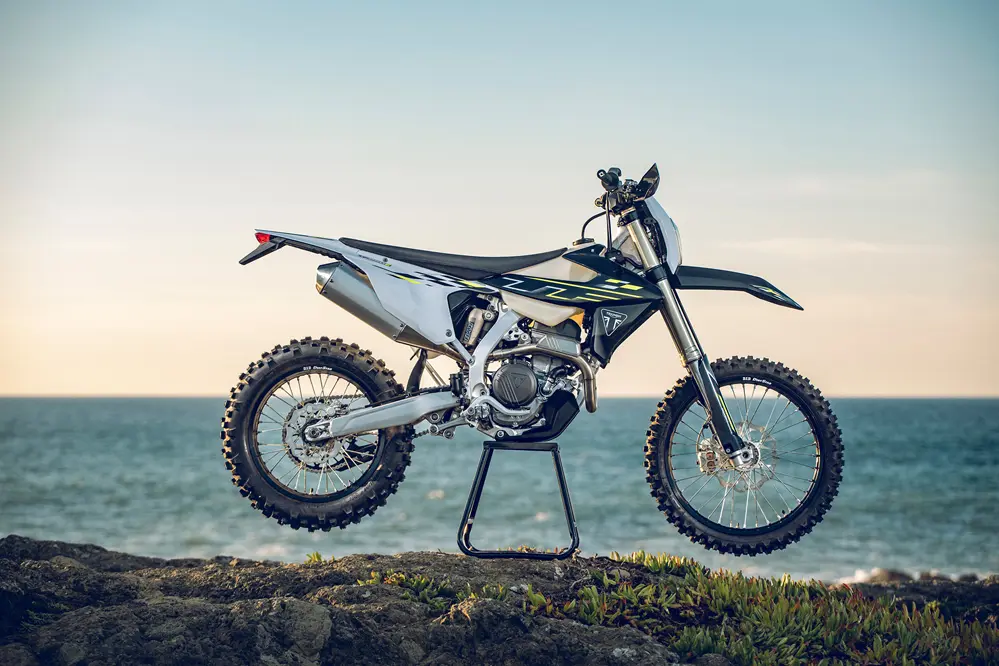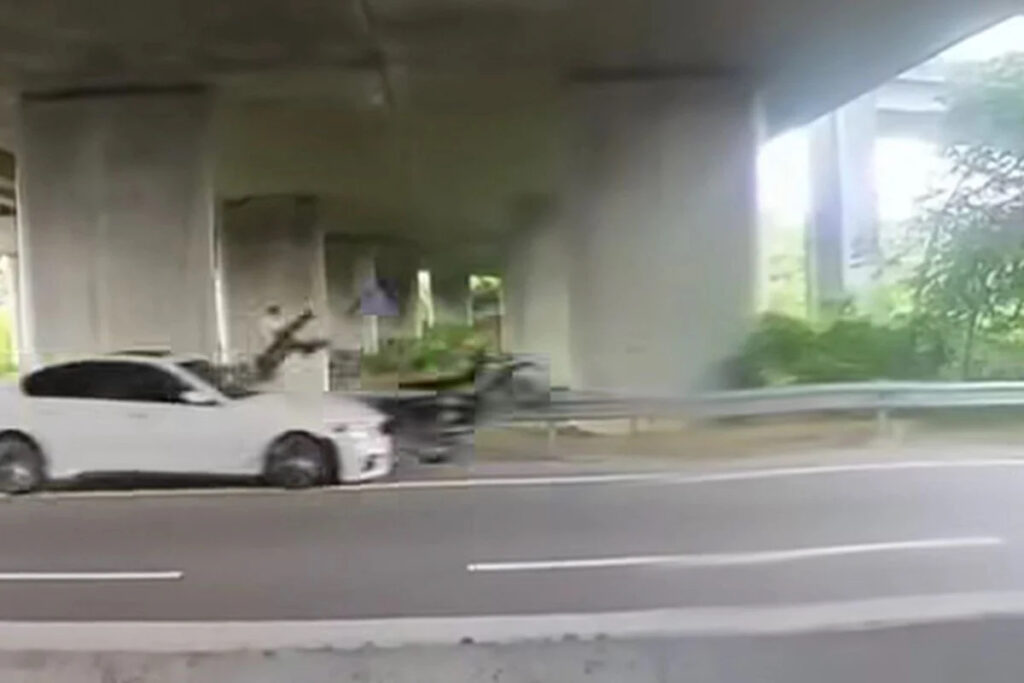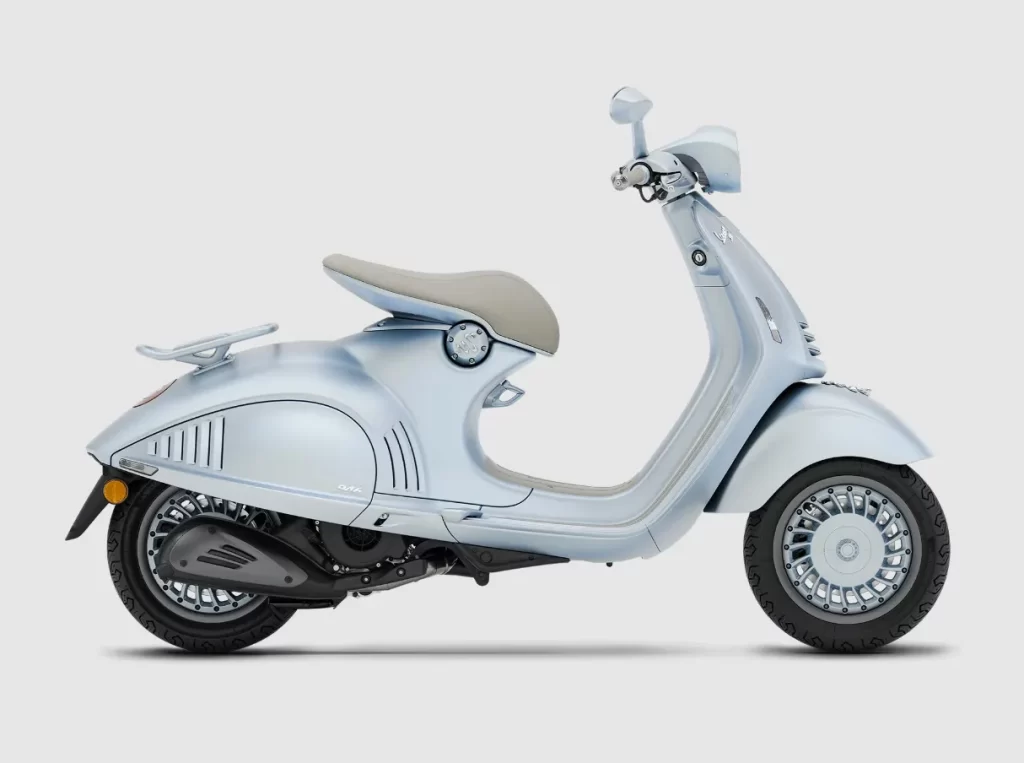Boon Siew Honda welcomes Mr. Kunitomo Asano as the new Managing Director and Chief Executive Officer (CEO), succeeding Mr. Mitsuharu Funase, who has been appointed General Manager of the Motorcycle Race Division at Honda Racing Corporation.
Mr. Asano officially assumes office on 1st April 2025. Previously serving as Chief Sales and Marketing Officer at Boon Siew Honda, he brings over 20 years of experience in the motorcycle industry, 10 years in Japan and another 10 years in international markets, including Thailand, India, and Malaysia. His deep understanding of both global trends and local market dynamics positions him well to drive Boon Siew Honda’s continued growth.
Press Information
Reflecting on his journey, Mr. Asano recalls how his studies in Urdu and Chinese unexpectedly proved valuable in Malaysia, allowing him to connect more deeply with the local culture. His career with Honda began with an assignment in Malaysia, where he first forged a strong connection with the country. Over the years, he has gained extensive experience in product planning, export business, and market strategy across diverse regions.
Furthermore, during his tenure as CSMO, Mr. Asano played a pivotal role in stabilising and growing sales while strengthening operational efficiency. Under his leadership, Boon Siew Honda successfully introduced new motorcycle models, expanded its BigWing dealer network, and launched strategic test ride campaigns. His efforts were instrumental in positioning the company for long-term success.
As CEO, Mr. Asano is committed to further strengthening Honda’s brand presence in Malaysia. He aims to enhance customer experiences, improve service networks, and drive continuous product innovation. Additionally, he places great emphasis on rider safety, addressing traffic-related challenges through advanced safety technologies and educational initiatives.
In an evolving and highly competitive market, Mr. Asano plans to leverage Honda’s global expertise while tailoring solutions to Malaysia’s needs. By integrating advanced technology, expanding after-sales services, and reinforcing Honda’s reputation for reliability, he envisions a stronger and more competitive Boon Siew Honda.



















